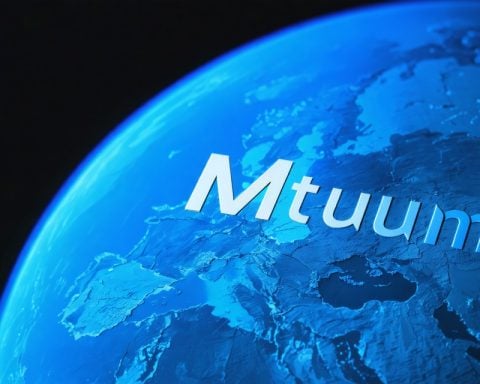- Only 10% of Canadians consider it urgent for government funding to investigate UAP.
- Public interest in UAP has increased, particularly following the incident involving a Chinese spy balloon.
- There is a strong call for citizen science initiatives, enabling public involvement in UAP tracking.
- Over 25% of Canadians reported seeing unidentified objects, but only 10% are willing to share their accounts officially.
- Most Canadians lean towards natural explanations for UAP, with only 10% linking sightings to extraterrestrial life.
- One in five Canadians is interested in using mobile apps to capture their UAP experiences.
- A centralized agency is needed to consolidate UAP reports, as current data is scattered.
In a captivating survey conducted in August, only 10% of Canadians deem it urgent for the government to invest in investigating Unidentified Aerial Phenomena (UAP). This intriguing statistic reveals a paradox: many are fascinated by the mysteries of the skies, yet few want taxpayers’ money spent on probing them.
The growing interest in UAP was reignited early this year when a Chinese spy balloon flew over Alberta and sparked widespread debates. Despite this, the survey showcased a distinct hesitance towards funding. Instead, a growing call for citizen science emerged—a way for the public to participate in tracking UAPs without hefty governmental budgets.
Among the 1,008 adults surveyed, curiosity runs high; over 25% reported witnessing an unidentified object in the sky, though only 10% felt compelled to share their stories officially. Surprisingly, just 10% believe these enigmatic sightings could be linked to extraterrestrial life, with most leaning towards natural explanations instead.
There’s also a rising trend among Canadians who are eager to document their experiences through mobile apps, with one in five expressing a strong likelihood to record UAP encounters with visuals and sounds.
A recent advisory report highlighted that current UAP reports are fragmented across various organizations, revealing the need for a centralized federal agency, such as the Canadian Space Agency, to collect and manage these intriguing sightings.
The key takeaway? While the skies are filled with questions, the appetite for government funding to solve these mysteries remains remarkably low. Let the adventure of UAP documentation continue through the eyes of everyday Canadians!
Is the Public Ready to Unravel the Mystery of UAPs? Discover What Canadians Really Think!
Growing Interest in Unidentified Aerial Phenomena (UAP)
The fascination with Unidentified Aerial Phenomena (UAP) has heightened significantly, particularly after notable incidents like the Chinese spy balloon event in Alberta. Although Canadians are curious about these aerial mysteries, a recent survey indicates that only 10% believe government investigation is crucial, reflecting a paradoxical stance towards taxpayer-funded research in this domain.
Citizen Science: A New Avenue
As a result of this growing interest, there is a push for citizen science initiatives. Many Canadians are showing enthusiasm for participating in UAP tracking efforts without relying solely on government funding. This could involve using apps and platforms that allow individuals to document and analyze their sightings, emphasizing community involvement and grassroots science.
Key Trends and Insights
– Documentation Through Technology: Approximately 20% of Canadians are inclined to document their UFO encounters through mobile applications, potentially leading to an extensive repository of personal data regarding UAP sightings.
– Public Sentiment: Only 10% believe UAPs are linked to extraterrestrial life, signaling a preference for natural explanations over the more speculative theories.
– Need for Streamlined Reporting: A report has called for a centralized agency to handle UAP reports, suggesting that current fragmented efforts need consolidation to better understand these phenomena.
Important Questions
1. Why is there hesitation towards government funding for UAP research?
– Many Canadians may feel that government funding could be better allocated to pressing issues like healthcare or education. Additionally, skepticism about the outcomes of such investigations might contribute to this hesitance.
2. How effective will citizen science be in studying UAPs?
– Citizen science can be a valuable tool in gathering data on UAPs, as public participation can yield a larger dataset and promote community engagement. However, the reliability and scientific rigor of such data will depend on structured methodologies and proper technological tools.
3. Could the push for a centralized UAP reporting agency change public perception?
– Establishing a dedicated agency, such as the Canadian Space Agency, could professionalize the investigation of UAPs and potentially foster greater public trust. A formal approach may provide legitimacy to citizen reports, possibly increasing interest and belief in the phenomena.
Conclusion
As citizens harness technology to document their experiences, a potential shift in how UAPs are perceived and investigated may emerge. The balance between government oversight and public involvement could redefine the landscape of professional and personal exploration of the skies.
For more insights into this captivating topic, visit CBC for your latest news.









